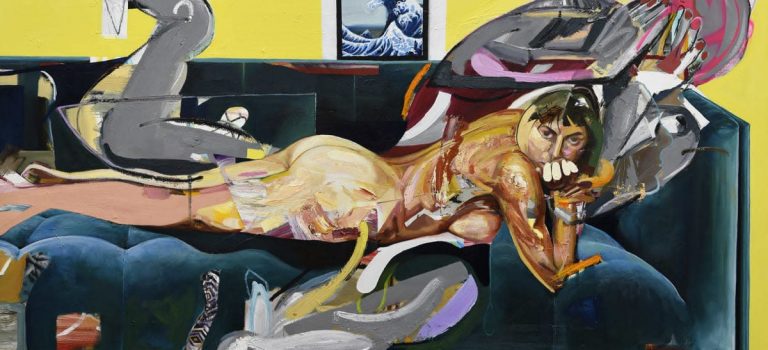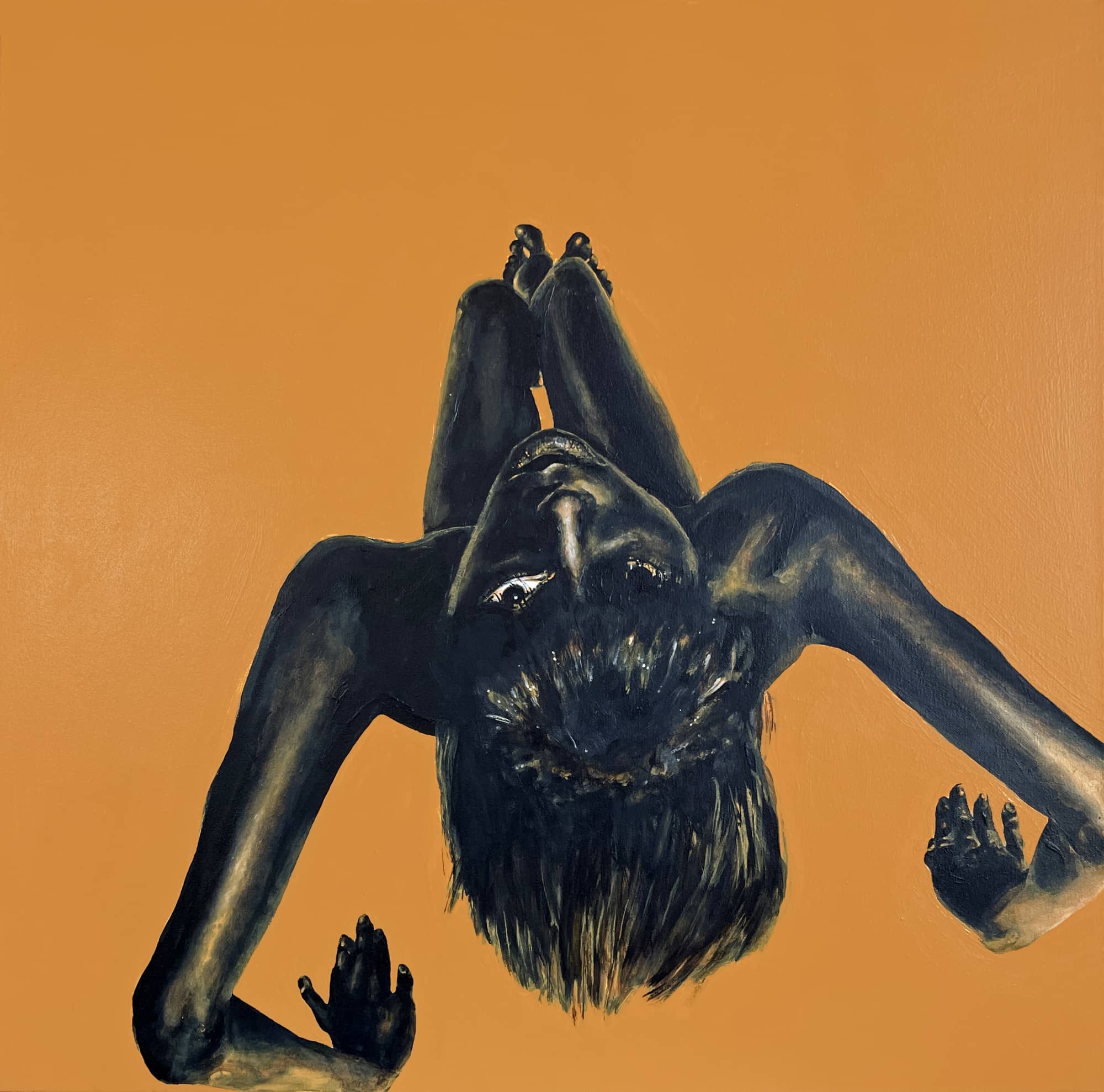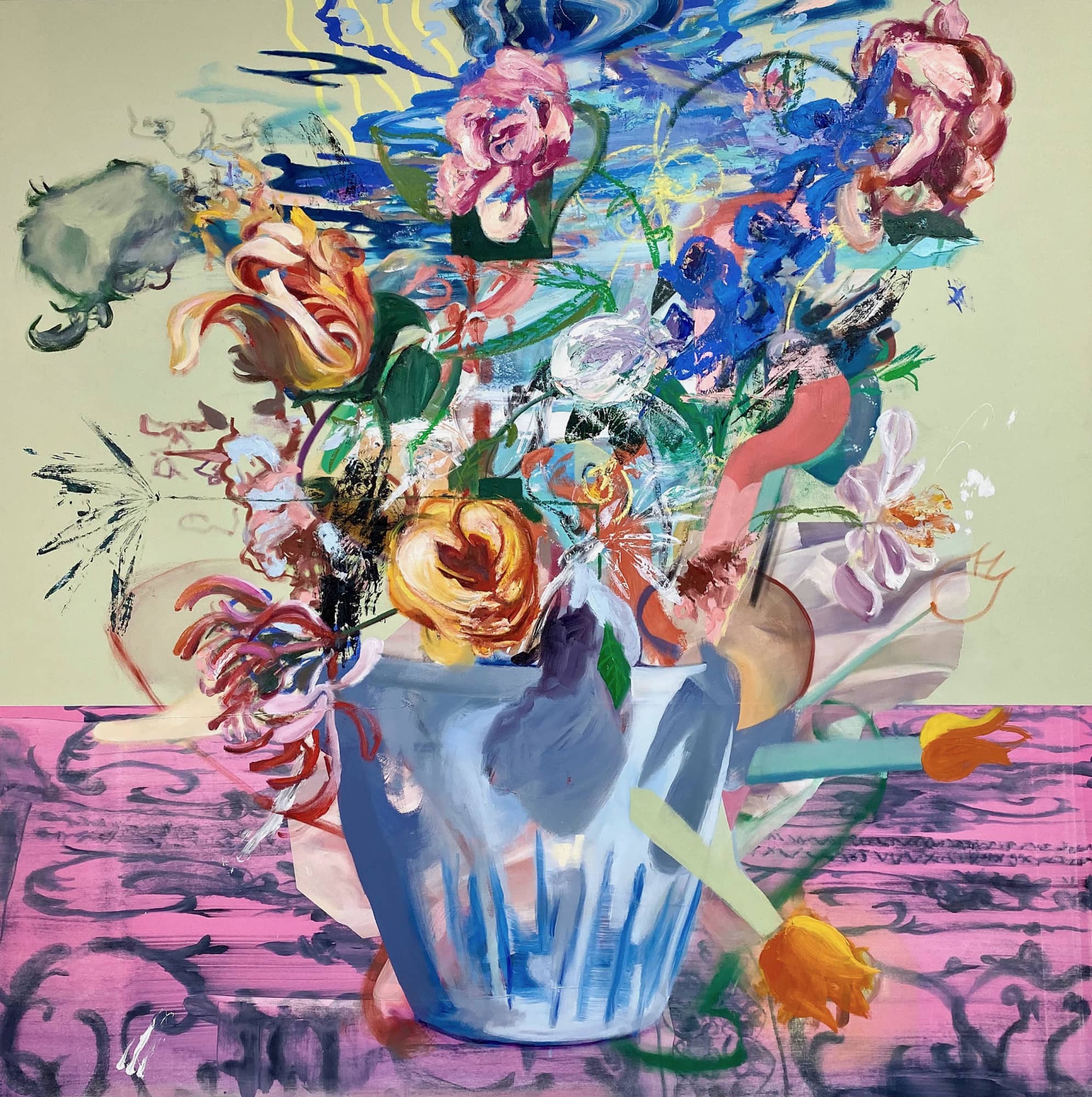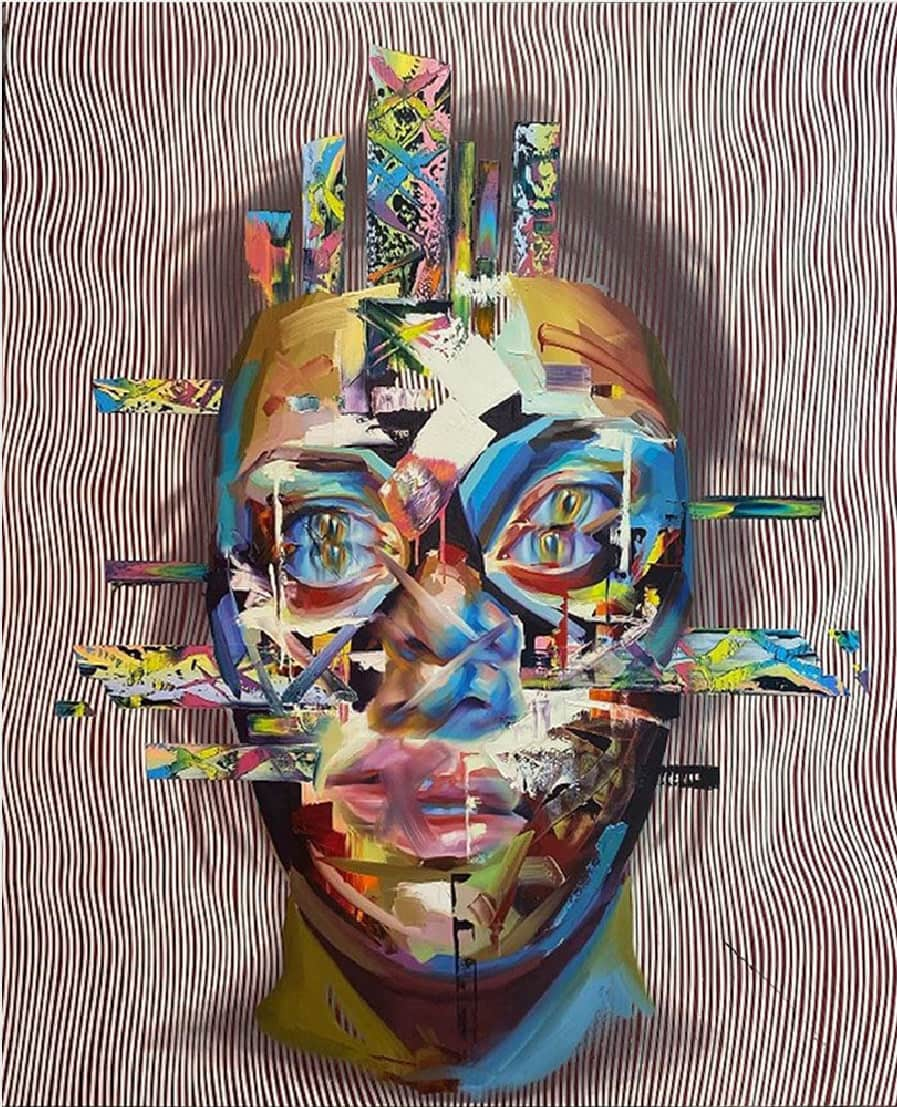Source: Maddox Gallery.
As 2021 saw the art world embrace technology with the rise of NFTs and digital art, experts are predicting that 2022 will see a return to representation. Here’s why.
With collectors confined to their homes due to a global pandemic, 2021 saw an increased popularity in art that could be easily acquired and consumed online including prints and multiples and the rise of NFTs. Yet, as galleries and exhibitions open to the public physically for the first time in nearly two years, a new trend seems to be taking shape; the return to representation. Figurative art can be defined as any type of modern or contemporary art that retains strong reference to the real world, particularly the human figure. From portraits and landscapes to domestic interiors and still-lifes, we look at the reasons behind the resurgence of this style.
A number of high-level figurative exhibitions recently opened and will continue into 2022.
Firstly, over the past six months there has been an unprecedented number of figurative exhibitions opening at established art institutions across Europe. In Autumn, London saw Hockney’s The Arrival of Spring, Normandy, 2020 at the Royal Academy which has been quickly followed by a double major exhibition by the same artist at the Palais des Beaux-Arts Bozar in Brussels. In Florence, Italy, Jenny Saville has just opened a city-wide project exhibiting her life drawings and paintings and in June 2022, the Museo Nacional Thyssen-Bornemisza in Madrid, will host the country’s first-ever retrospective for Alex Katz, a pre-eminent painter of modern life. With these renowned establishments celebrating representational art, we will undoubtedly see young artists taking note, getting inspiration from the veteran figurative maestros who are exhibiting across the globe.
People turn to art for an emotional connection.
Another reason behind the proposed resurgence of figurative art is that after nearly two years of isolation, people want to see people. Art and psychological well-being will always be intrinsically linked, so in times of isolation, it makes sense that we turn to art to feel united and together. Emerging contemporary artist Andrae Green is one such creative tapping into the emotional capability of painting. Describing his own identity as ‘hybridized’ – a fusion of European and West African cultures – his insightful paintings explore how collective consciousness has been shaped by the legacy of colonialism. Influenced by European Old Masters as well as contemporary realist painters like Vincent Desiderio, Green’s artwork centres around community, shared memory and mythology.
Our experience of art no longer needs to be mediated by a screen.
With physical art fairs and exhibitions returning to normal, there is no longer a need for art to be digital or to be geared towards digital consumption. Therefore, mediums and styles that are best experienced in real life such as figurative painting can once again flourish. American artist, Justin Bower, underscores the importance of seeing his work in person. The artist explores identity in a post-human society through his large-scale oil on canvas paintings. In a culture where technology is displacing religious belief systems, Bower’s futuristic paintings interrogate the human condition, with his painterly brushstrokes revealing humanity behind the digital.
JUSTIN BOWER, INABILITY TO ESCAPE II, 2021
Pop art still reigns supreme, influencing young artists.
Pop art is undeniably one of the most influential movements in modern art history and the influence and success of the genre is still palpable today. At Art Basel in Switzerland, Warhol was one of the highest selling artists, rating higher than the newer up-and-comers at the fair. With the ‘King of Pop’ remaining in high demand, it is no surprise that the pop art tradition has a continuing influence on young artists. Artists like Coco Dávez and Julie Curtiss both pay homage to pop in their practices, meaning their work takes a figurative form.













